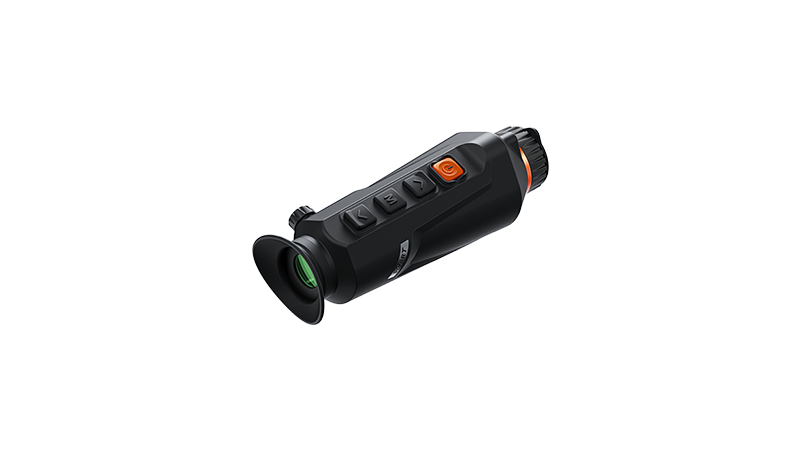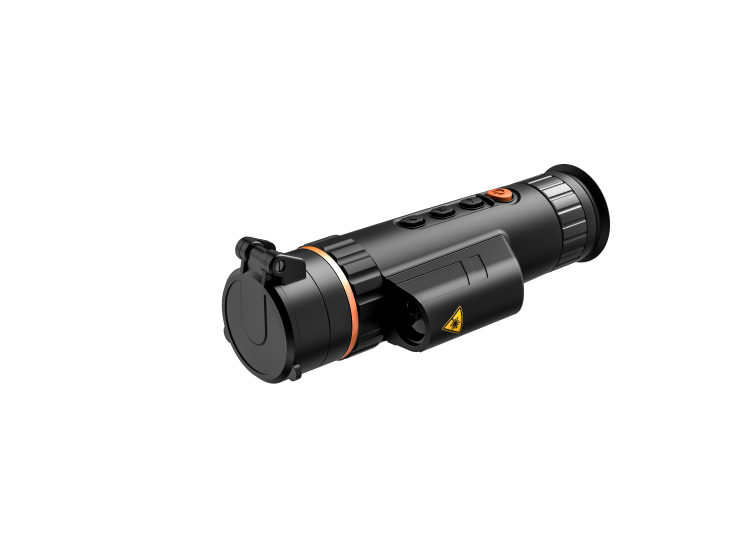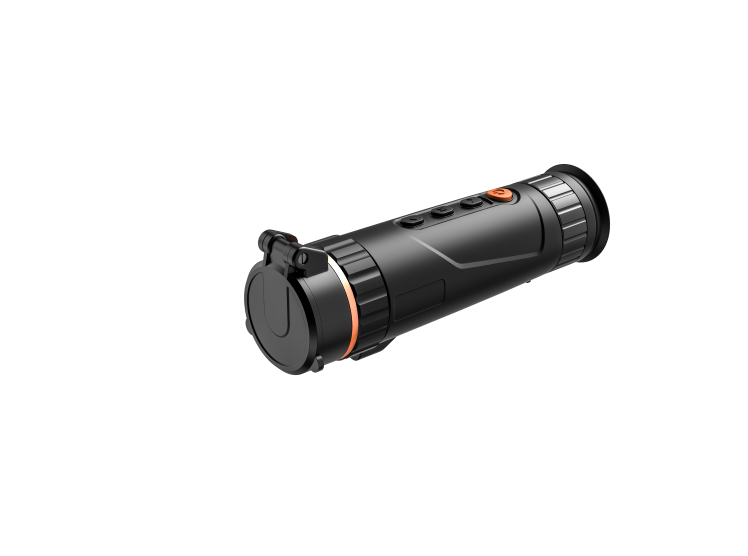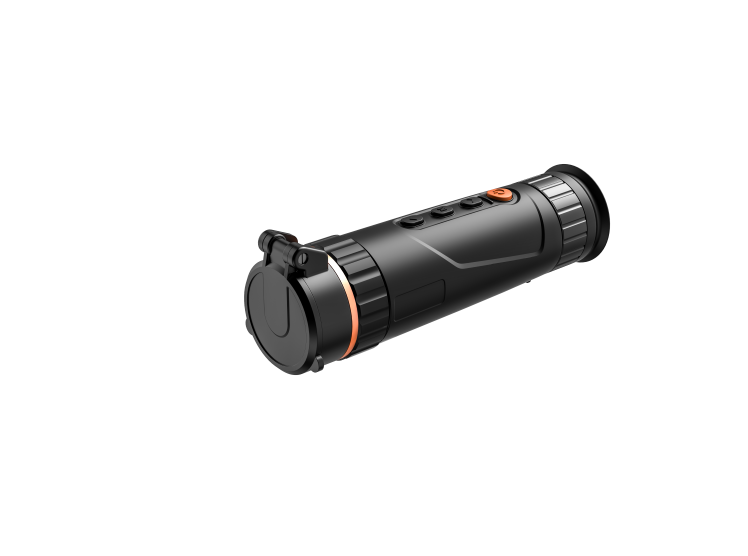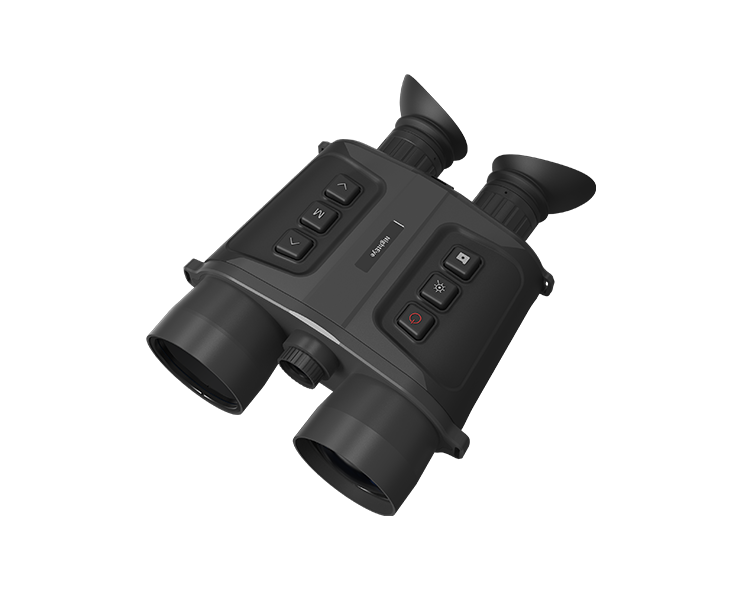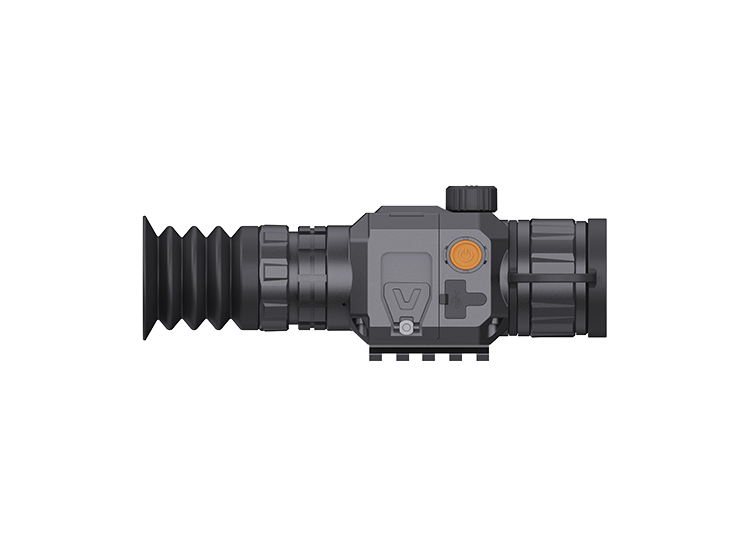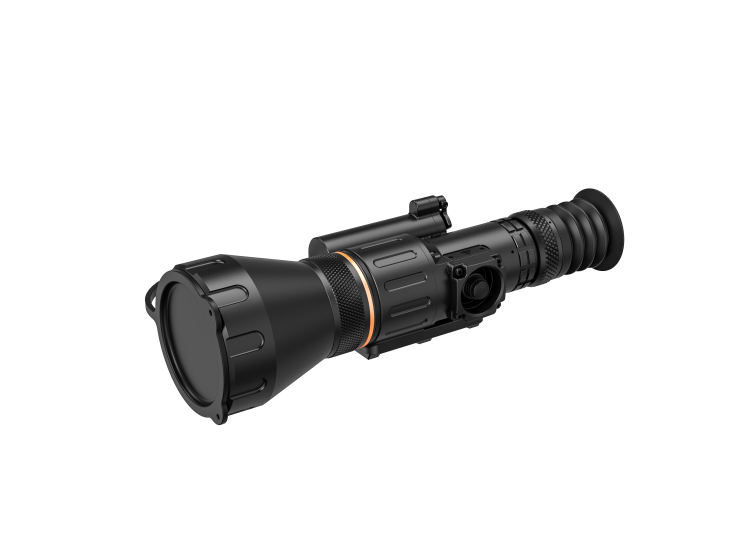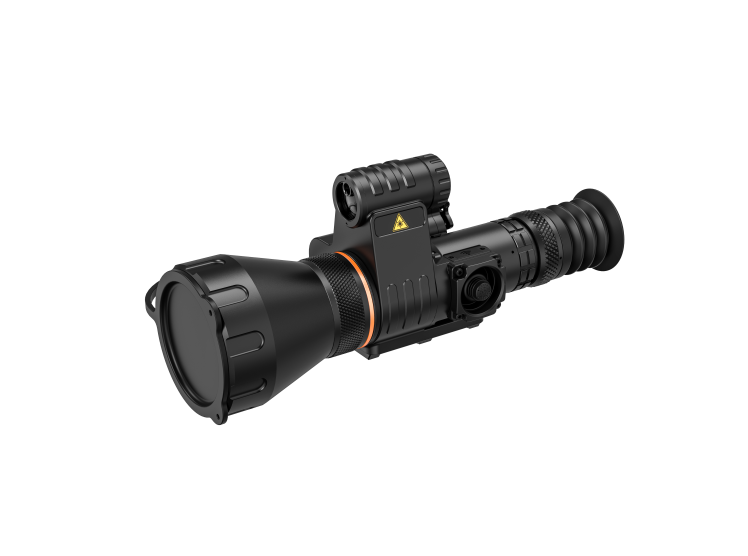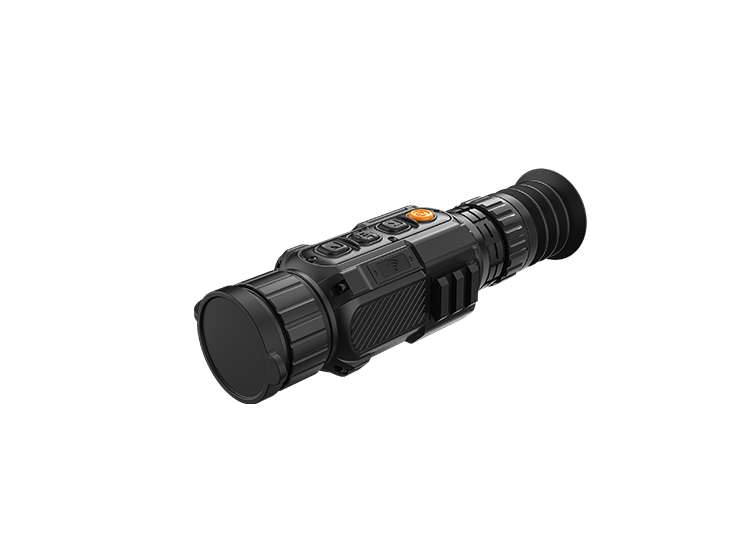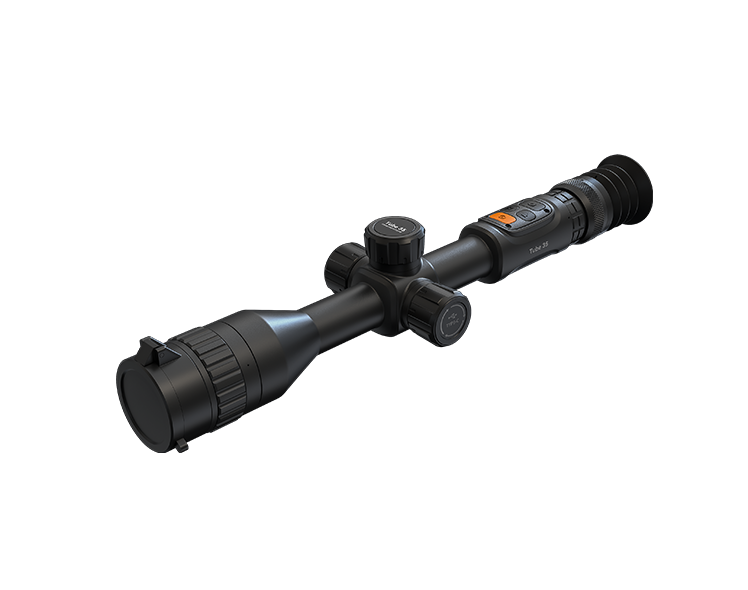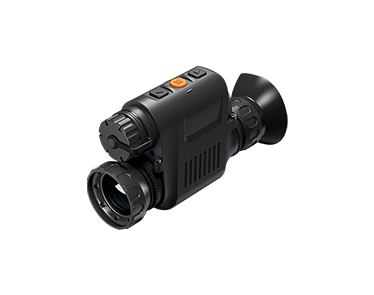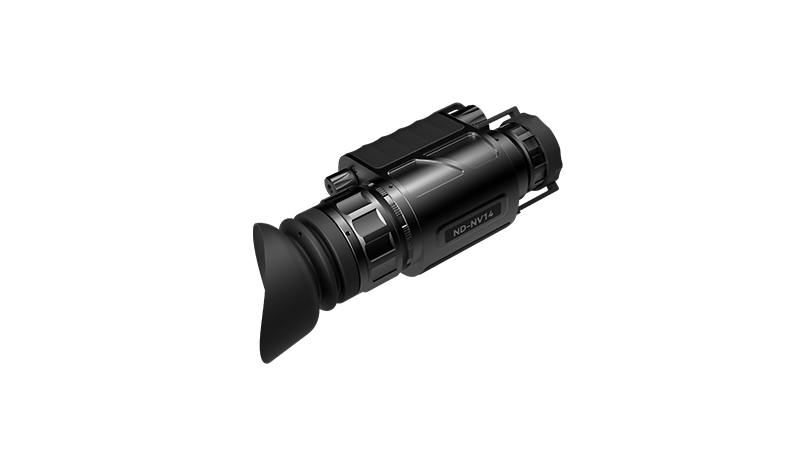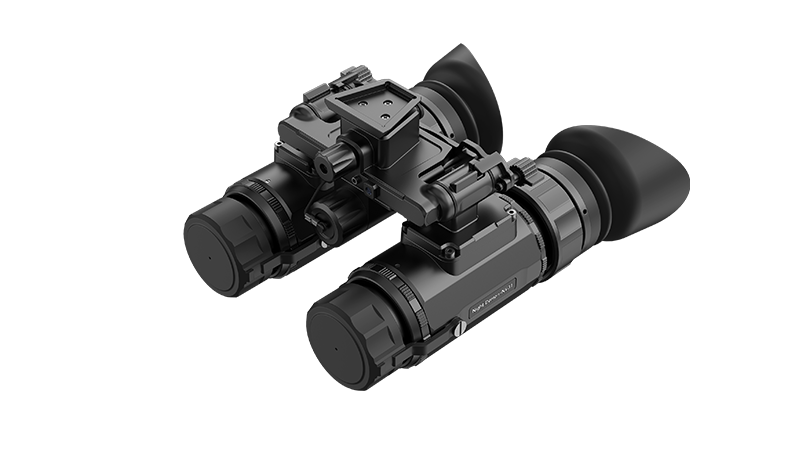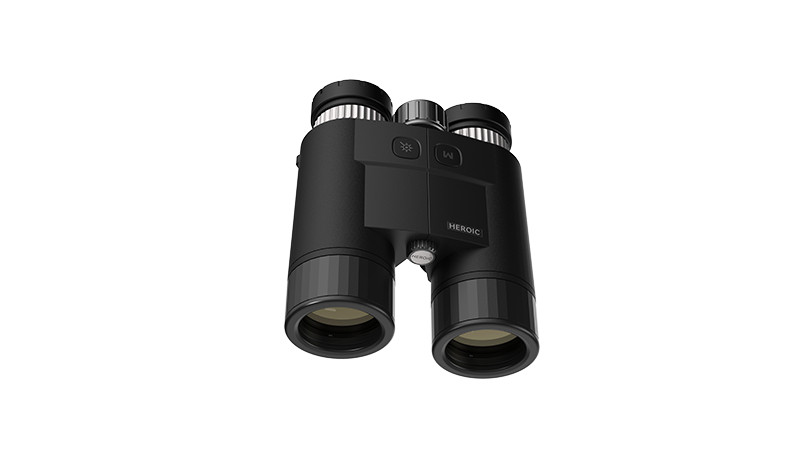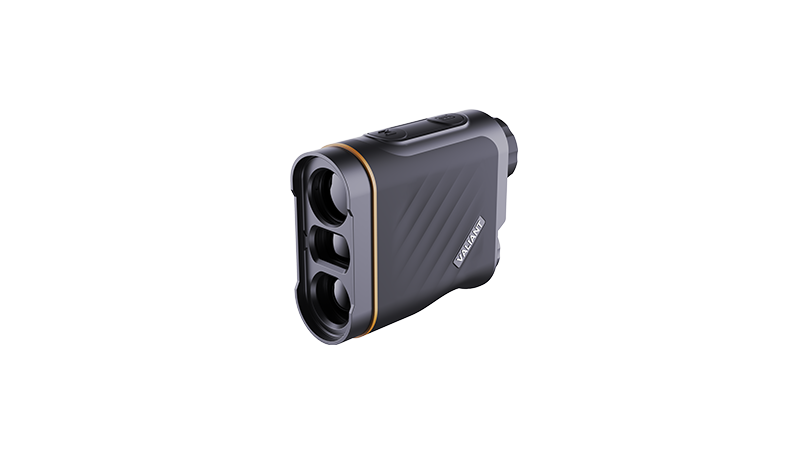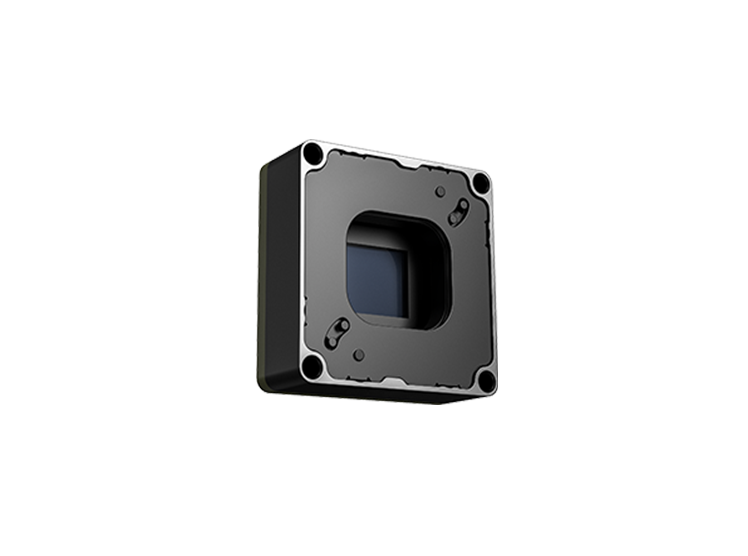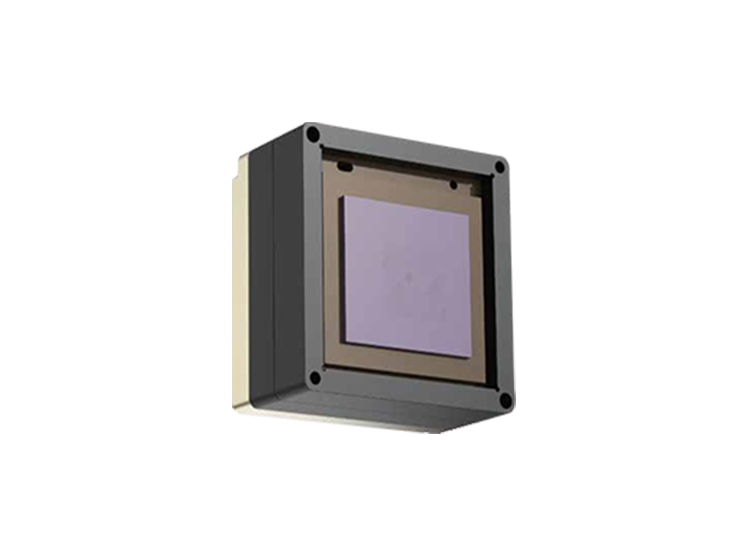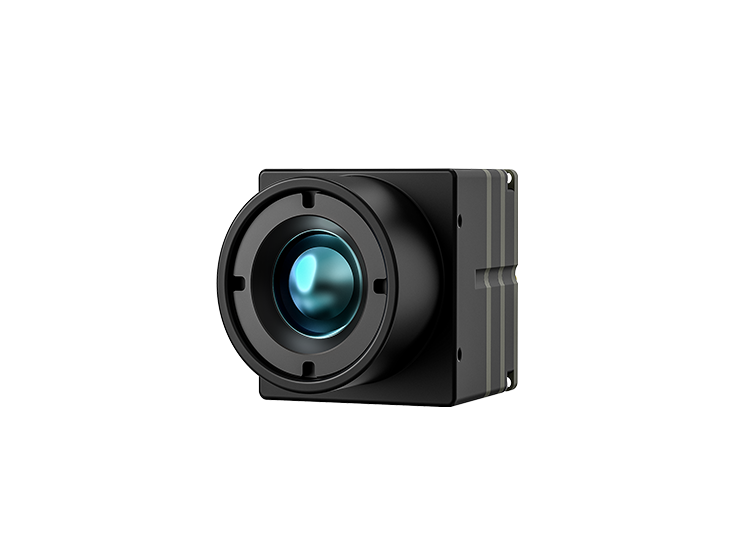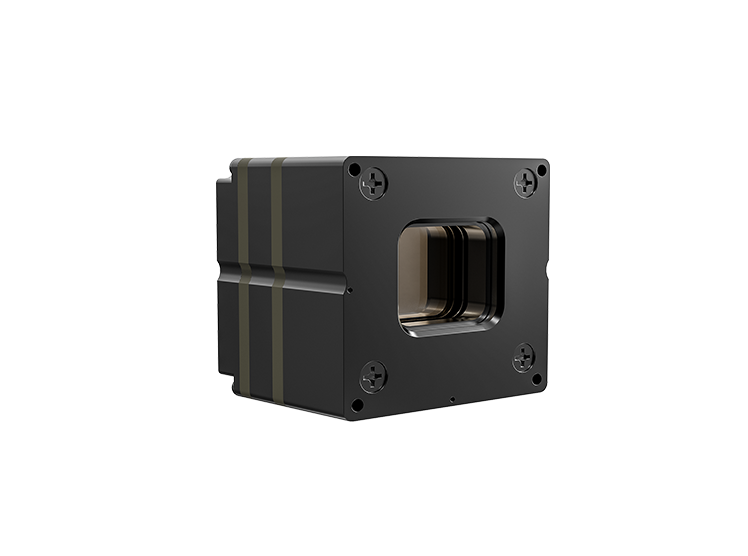Thermal Vision vs Night Vision: Which is Best for You
2025/10/14Both thermal vision and night vision help you see better in low-light conditions. However, their workings are very different. This article will help you understand both technologies and know exactly which technology to choose. Read on!
Differences Between Thermal Vision and Night Vision
Understanding the key differences between thermal vision vs night vision is essential. The differences cover several important areas:
1. Technology
Thermal vision detects infrared radiation. All objects emit heat in the form of infrared energy. Thermal vision technology captures this heat signature and then converts it into a visible image on your screen.
Night vision technology takes a different approach entirely. It amplifies existing light sources like moonlight or starlight. The device uses special tubes or sensors to boost this light.
2. Visibility
Thermal vision shows heat differences between objects. Normally, hot objects appear bright or white on the display, while cold objects look dark or black. This works even in complete darkness. It works through smoke, fog, or light vegetation, and can be used during the day as well.
Night vision technology needs ambient light or illuminators to function. It produces detailed images with good contrast. However, it struggles in total darkness without any light source. It generally does not work in daylight either as bright light can overwhelm the sensors and wash out the image.
3. Detection Range
Thermal imaging technology typically offers longer detection ranges. High-quality thermal devices can spot objects several miles away. The range depends on the size and heat of the target.
Night vision generally has shorter effective ranges. Most consumer night vision devices work best within a few hundred yards.
4. Cost
Thermal vision equipment generally costs more than night vision. This is due to its more advanced technology and manufacturing process.
5. Regulations
Both technologies face different regulatory restrictions. Contrary to popular belief, thermal imaging does not always face fewer legal restrictions than night vision. In some states or countries, the use of thermal devices—for example, for hunting—is more strictly regulated. In other regions, night vision may be subject to tighter controls. Regulations and rules vary depending on the region and the specific device.
6. Applications
Thermal imaging technology is useful in search and rescue, hunting, security monitoring, and building inspections, etc. Night vision helps hunters, wildlife observers, military, and law enforcement see in low-light conditions.
Comparison Summary
The following is a quick overview of the main thermal vision vs night vision differences. You can use this table as a reference when making your decision:
Feature | Thermal Vision | Night Vision |
Technology | Detects heat signatures | Amplifies existing light |
Visibility | Works in total darkness; Works in daylight | Needs some ambient light; Does not work in daylight |
Range | Longer detection distances | Shorter effective ranges |
Cost | More expensive | More affordable options |
Regulations | Depend on the regions | Depend on the regions |
Use Cases | Search, rescue, security, hunting, etc. | Hunting, military, camping, etc. |
IRVOTEX: Your Trusted Vision Technology Partner
At IRVOTEX, we offer an extensive range of both thermal and night vision products. With outstanding R&D capabilities, 20 years of industry experience, and multiple intellectual property patents, our thermal and night vision devices deliver reliable performance and cutting-edge functionality. We also provide flexible customization services and comprehensive solutions from infrared cores to complete vision systems.
Conclusion
Thermal vision works better in daylight, complete darkness, and adverse weather. It costs more but offers superior detection capabilities. Night vision provides detailed images at a lower cost. It requires some ambient light but delivers excellent visual clarity. When choosing between the two, consider your budget, intended use, and local regulations.
 +86 (028) 8535 5966
+86 (028) 8535 5966 +86 17323184180
+86 17323184180 irvotex@votinfrared.com
irvotex@votinfrared.com

